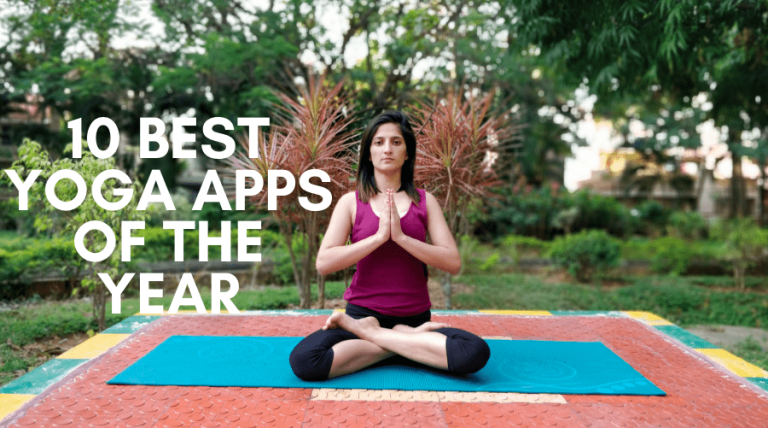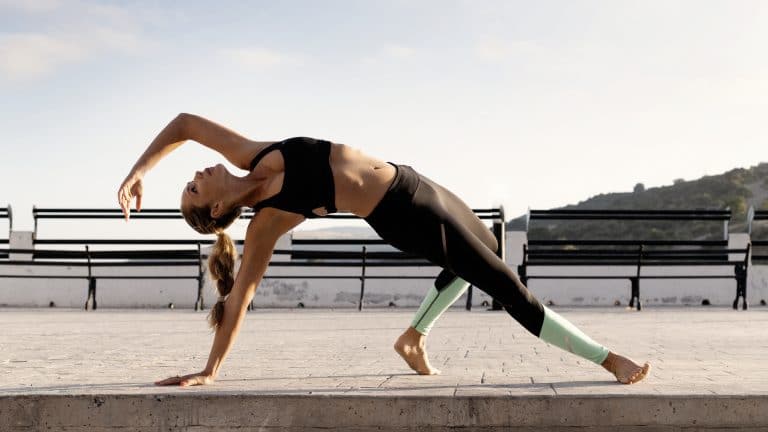
Stress relieving exercises can be done in many ways. Yoga, Tai chi and stretching are some of the options. You may also want to try Pilates. These exercises are difficult so it is best to take small steps and gradually increase your skill level. There are also some stress relieving DVDs and online videos that are helpful in getting started.
Tai chi
Tai chi is a stress relieving exercise with many benefits. It involves controlled, slow movements as well as changes in breathing and mental focus. It is low-impact and gentle on the joints, and can be practiced by anyone, from the elderly to those with physical limitations. It's safe for people with injuries, and those with other medical conditions. Anyone who is interested in learning more can attend a class or watch a professional perform the exercises.
Studies have shown Tai Chi can help reduce stress. One meta-analysis, which included five studies across four countries, found that Tai Chi practice reduces stress. The study involved Tai Chi practitioners who performed the exercise at least 30 minutes per day for five years. The results showed that the exercise significantly reduced the participants' stress levels.
Yoga
Yoga is a great stress relief exercise. It helps to release tension in problem spots. It can be especially helpful for people suffering from low back pain. Anxiety patients often feel tightness in the muscles. The body's natural movement patterns allow for the release of tension and tightness through yoga.

Yoga can help release tension and stress from the body. Yogaic breathing, for example, helps to release tension in the shoulders, neck, back and neck. These breathing exercises may be performed while you're at work, or in your office.
Stretching
Stretching is a great way to relieve stress because it can help to relax the body and soothe stiff joints. It can also relieve chronic stress and give you more energy. It can even improve your sleep! Find a favorite stretching exercise and include it in daily life.
You can do stretches at work if you don't have the time or desire to go to a gym. An arm stretch is a good choice for office workers. Start by bringing one hand under the other. Then, hold the arm in place around your biceps. You can also leverage with the opposite arm. This exercise will relieve stress and relax your shoulder blades.
Walking
Research has shown that walking reduces stress. Walking increases blood circulation throughout the body and triggers the release of certain brain chemicals that help us relax. Walking also boosts energy levels. You don't necessarily have to walk fast. Simply walking slowly can be enough to help relax your muscles.
Walking releases endorphins which are the feel-good hormones that help to reduce stress. These hormones can also alleviate mild depression. Regular exercise can increase these endorphins. This in turn helps improve mood and self-esteem. It improves social connections. Studies show that social support improves stress resilience and reduces levels of the stress hormone cortisol. Walking lowers blood pressure, and encourages positive social interactions.

Team games
Stress relief can be achieved through playing team games. It can be fun to manage stress through team games. These games promote healthy relationships. These games will help you relax and improve communication. This activity is suitable for all ages and can be used to teach time management and priority tasks.
Talking to others about problems can reduce stress. It will help you to decrease stress and strengthen your relationships. Regular conversations about their work can be a benefit to team members. Atlassian's Health Monitor is an example of a tool that allows teams to look back at their work and find areas for improvement. The program can also be used to improve a team's performance, even if it's just started.
FAQ
Can yoga help you quit smoking?
Yoga may help people stop smoking because it makes them feel better physically and mentally, reducing stress levels. It helps to lose weight from overeating. This could help you quit smoking.
Is 20 minutes of Yoga a Day enough?
Yoga should not only be considered an exercise activity, but a way to find your inner self. It's a time for reflection on your life and the way you live it.
My friend introduced me to yoga a few years back. He had been practicing it for many decades. He told me that he did yoga for 20 minutes each morning, which helped him feel calmer throughout the rest of his day.
I tried it and noticed a significant improvement in my overall wellbeing. I have continued to do yoga since that time and found it helpful in helping me relax and keep my focus while working at the desk.
Finding what works for you is key, as well as setting realistic goals. Yoga does not have to be an exhausting activity.
How does yoga work
Yoga is founded on the principles of alignment, breath control and meditation. If done properly, yoga can bring peace and calm to the practitioner.
Warming up is the first step in any yoga class. For example, you might start with stretches like forwarding bends (bending forward), backward bends (bending backward), twists, and side bends. These moves are great for loosening tight muscles and preparing you to do deeper poses.
Next, we will do the balancing pose "standing". This pose involves standing on your feet with your arms extended at your sides and looking down towards your floor. Your body should feel rooted and centered.
The final step is deep stretching. These poses require you to lie on your back, face down, on the ground. Next, raise one leg and then the other. Then stretch your spine in all directions. Grab onto something sturdy to keep you from falling. You can rest your hands on the ground if you don't have something to hold onto.
After completing all of these poses, you can move on to a series standing poses. These include the mountain pose, warrior pose, downward facing dog, upward facing dog, plank pose, and final pose.
It is important to slow down and breathe deeply when you do yoga. Deep breathing not only cleanses your lungs but also calms your mind. You can do this by focusing on your inhales and exhales. Make a habit of counting every time that you take a breathe.
Even while cooking, you can do yoga anywhere! Follow the steps above, but don't lie on your back.
Try starting yoga for 10 minutes each day if you're a beginner. And remember, no matter how old you are, you can always benefit from yoga.
How long does it usually take to become an expert in yoga?
It all depends on the type of yoga that you are doing. Some styles are faster than other. You can expect to improve even if your skills are still developing.
The more you practice the better you'll get. Even after a few weeks of regular practice, you'll begin to see improvement.
Who would most benefit from yoga practice?
People who are looking to improve their quality of life and increase their fitness level are the target market for yoga. People who wish to improve their posture, flexibility, and balance.
They might also be looking to gain or lose weight. They may be interested in reducing stress or anxiety and finding peace of mind.
These people have disabilities such as arthritis, back pain, diabetes and heart disease. For these people, yoga is particularly beneficial.
How does yoga impact mental health?
Yoga is an ancient tradition that originated in India. It was first used to reduce stress and relax. Many people today use yoga to manage anxiety, depression, panic attacks and chronic pain.
Yoga can also help with physical symptoms like headaches, backaches and arthritis. People who practice yoga report feeling happier and calmer.
Is it necessary to be flexible in order to practice yoga?
It all depends on the type of yoga that you choose. Some styles demand flexibility, while others require strength and flexibility.
Different styles of yoga require different levels of flexibility. Beginners may need to only stretch their arms overhead. Intermediate practitioners will need to bend forward and touch the toes. Advanced practitioners may need to perform deep twists and bends.
Statistics
- Lock in 25% off your Founding Member rate. (corepoweryoga.com)
- In comparison, a 125-pound person is estimated to burn 135 calories in 30 minutes of walking (at a pace of 15-minute miles) and 210 calories bicycling at a moderate pace on a stationary bike. (everydayhealth.com)
- The people in the yoga group were 37 percent more likely to have quit smoking by the end of the 8-week program. (nccih.nih.gov)
- Gentle yoga has been shown to ease some of the discomforts of tender, swollen joints for people with arthritis, according to a Johns Hopkins review of 11 recent studies. (hopkinsmedicine.org)
- The American Psychological Association recently shared that 84% of American adults feel the impact of prolonged stress (5). (healthline.com)
External Links
How To
Which is the best place to do yoga?
There is no right or wrong way of practicing yoga. Every person has their own style. It is enough to find the position that feels most comfortable for you.
These are some of the most common positions:
Standing poses - Standing poses are suitable for beginners because they allow you to see how your body looks from different angles. They also make it easier to focus on breathing.
Forward bends - Forward bends are often used to open up tight areas of the body. You can do them sitting down or lying down.
Backbends-Backbends are generally considered advanced poses. You should consult your instructor before you attempt one.
Inversions: Inversions are poses where you balance on your side. This is a difficult but rewarding form of yoga.